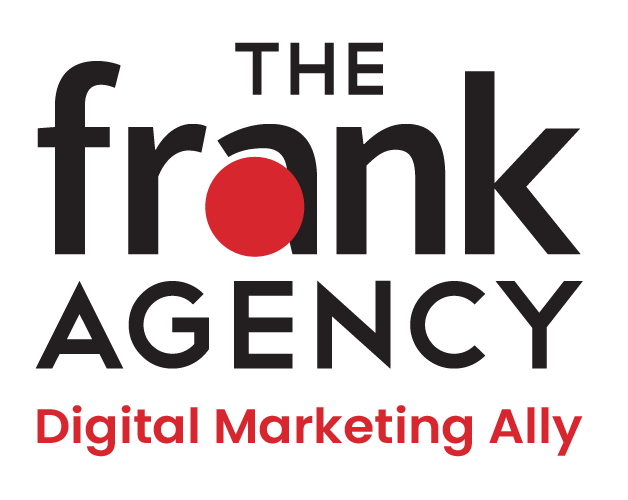Sales Funnel
A sales funnel refers to the step-by-step process that potential customers go through when making a purchasing decision. It encompasses various stages, starting from initial awareness and leading to the final conversion, guiding prospects closer to becoming paying customers.
Schema Markup
Schema markup refers to a structured data vocabulary that helps search engines understand the content on web pages more effectively. By using specific code, schema markup enhances search engine visibility and can lead to improved search results and enhanced rich snippets.
Search Engine Marketing (SEM)
Search Engine Marketing (SEM) refers to the practice of promoting websites by increasing their visibility in search engine results pages through paid advertising. It involves targeted keyword campaigns, ad placements, and bidding strategies to drive traffic and achieve marketing goals.
Search Engine Optimization (SEO)
Search Engine Optimization (SEO) refers to the practice of optimizing websites and content to improve their visibility and rankings in organic search engine results. By employing various techniques such as keyword research, on-page optimization, and link building, SEO aims to attract targeted traffic and increase online visibility for businesses.
Search Engine Results Page (SERP)
A Search Engine Results Page (SERP) refers to the page displayed by a search engine in response to a user’s query. It includes a list of relevant web pages, ads, and other elements such as featured snippets or knowledge graphs. SERPs determine the visibility and positioning of websites in search engine rankings.
Segmentation
Segmentation refers to the process of dividing a target audience or market into distinct and homogeneous groups based on specific characteristics or criteria. This enables businesses to tailor their marketing strategies, messages, and offerings to effectively meet the unique needs and preferences of each segment, ultimately driving better customer engagement and business results.
Slogan
A slogan is a concise and memorable phrase or tagline used by businesses, organizations, or campaigns to convey their brand identity, message, or purpose. It aims to leave a lasting impression on the target audience and differentiate the entity from competitors. A well-crafted slogan captures the essence of the brand and can serve as a powerful marketing tool.
Snippet
A snippet refers to a brief portion of content displayed on search engine result pages (SERPs) that provides a concise summary or preview of a webpage’s information. Snippets aim to give users a quick glimpse into the content’s relevance to their search query, helping them determine whether to click through to the full webpage for more details.
Social Commerce
Social commerce refers to the practice of conducting online buying and selling activities directly on social media platforms. It combines elements of e-commerce with social networking, allowing users to discover, browse, and purchase products or services seamlessly within their social media experience. Social commerce leverages the power of social media influence and user-generated content to drive sales and enhance the overall shopping experience.
Social Listening
Social listening refers to the process of monitoring and analyzing online conversations, discussions, and mentions across social media platforms. It involves tracking brand mentions, customer feedback, industry trends, and competitor activities to gain valuable insights. Social listening helps businesses understand public sentiment, identify opportunities for engagement, and make informed decisions to enhance their brand image and customer satisfaction.
Social Media Management
Social media management refers to the process of creating, scheduling, analyzing, and engaging with content across various social media platforms. It involves managing and optimizing social media accounts to grow an online presence, build brand awareness, engage with the audience, and drive business objectives. Social media management helps businesses effectively navigate and leverage the power of social media for marketing, customer service, and overall brand success.
Social Media Marketing
Social media marketing refers to the use of social media platforms to promote products, services, or brands. It involves creating and sharing content that resonates with the target audience, engaging with followers, running advertising campaigns, and analyzing data to optimize marketing efforts. Social media marketing helps businesses expand their reach, build brand awareness, drive website traffic, and generate leads through effective use of various social media channels.
Social Proof
Social proof refers to the psychological phenomenon where people look to the actions and opinions of others to guide their own behavior. In marketing, social proof is used to influence consumer decisions by showcasing positive feedback, testimonials, reviews, and endorsements from satisfied customers or influential individuals. It helps build trust, credibility, and confidence in a brand, product, or service, ultimately encouraging potential customers to make a purchase or take a desired action.
Social Signals
Social signals refer to the various interactions, engagements, and indicators of activity that occur on social media platforms. These signals include likes, shares, comments, mentions, and follower counts. Social signals are used by search engines and marketers as a measure of popularity, relevance, and credibility. They can impact search engine rankings, indicate user interest, and help businesses gauge the effectiveness of their social media strategies.
Sponsorship
Sponsorship refers to a mutually beneficial partnership between a brand or organization and an individual, team, event, or cause. It involves providing financial or material support in exchange for promotional opportunities and association with the sponsored entity. Sponsorship helps increase brand visibility, reach target audiences, enhance brand image, and establish connections within specific industries or communities.
Smarketing (Sales + Marketing)
“Smarketing” is a term that combines “sales” and “marketing” to describe the alignment and collaboration between these two departments. It refers to the practice of integrating sales and marketing efforts, strategies, and goals to achieve greater efficiency, communication, and overall business success. Smarketing aims to bridge the gap between these functions, ensuring a seamless customer journey from initial lead generation to closing the sale.
SWOT Analysis
SWOT analysis is a strategic planning tool used to evaluate the internal strengths and weaknesses of an organization, along with external opportunities and threats. It provides insights into key factors affecting business performance and helps in developing effective strategies for success.

